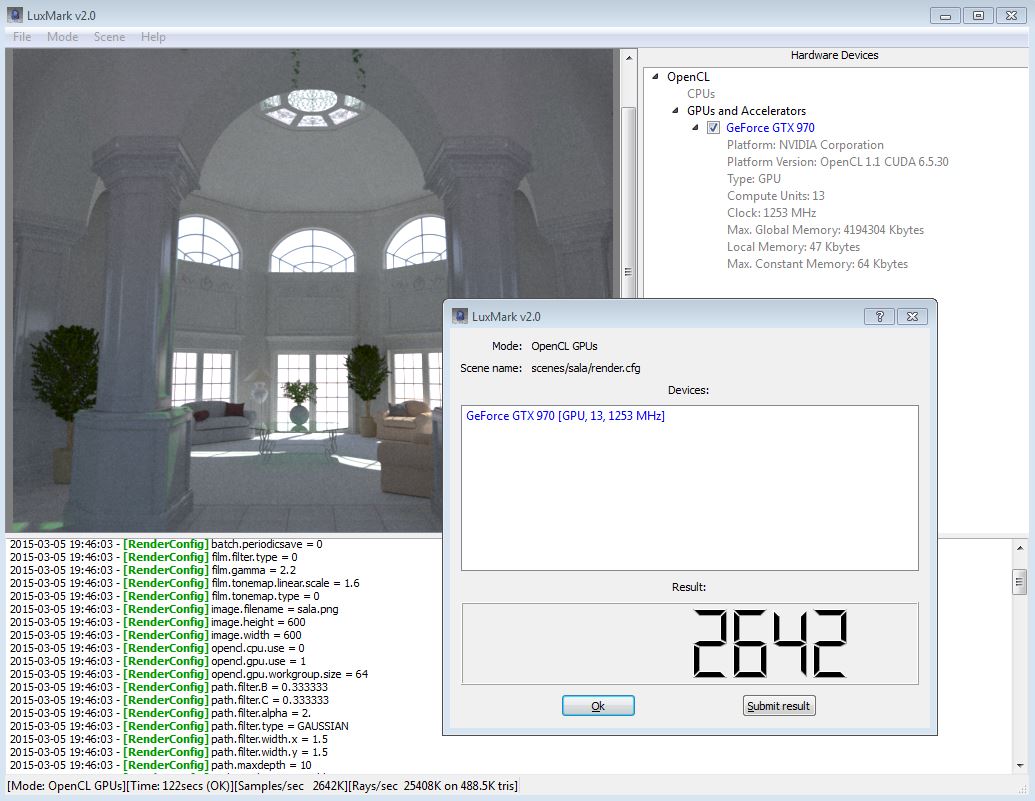Remember the R9 285 and M295X are slower than a R9 290,and look at the R9 290 and R9 290X scores in Luxmark. The drivers must have changed for both or more likely its an older version in the reviews.
However,Luxmark is synthetic - look at something like Sony Vegas.
This Russian website tested Sony Vegas 13 and other image and video editing software:
https://translate.google.co.uk/tran...http://www.efxi.ru/more/gtx970_vs_gtx770.html
https://translate.google.co.uk/tran...ru/more/gtx970_vs_gtx770_part2.html&sandbox=1
Remember the R9 285 is a £140 card and the M295X is the fully enabled version of that GPU,which is going to be probably close to an R9 290 in those benchmarks.
Also consider than the R9 290X is now similarly priced to the GTX970 and that the newer AMD cards being released in the next few months will further push improved OpenCL performance.
Yes,there have some been improvements to OpenCL performance of Nvidia cards,but an R9 285 is doing quite well considering its peformance bracket and thats against the GCN1.1 R9 290 and GTX970. GCN1.2 seems to have made some additional improvements to OpenCL performance. Remember the R9 290 has far more shaders and memory bandwidth than a R9 285.
People need to consider that OpenCL was pushed primarily by Apple and that its Apple who pushed for the major transition from CUDA to OpenCL under OS X CS. When it came to PC AMD worked with Adobe on doing the same and there are loads of videos of Adobe and AMD reps talking about the collaboration.
Nvidia has not been pushing OpenCL as much as it wants people to stay on CUDA whereas AMD has been pushing this a lot.
Edit!!
Look at the supported list for graphics cards for PP:
https://helpx.adobe.com/premiere-pro/system-requirements.html
Its now LONGER for AMD cards - it used to be the other way around,and FAR more AMD consumer cards are certified to work properly than Nvidia cards too.







